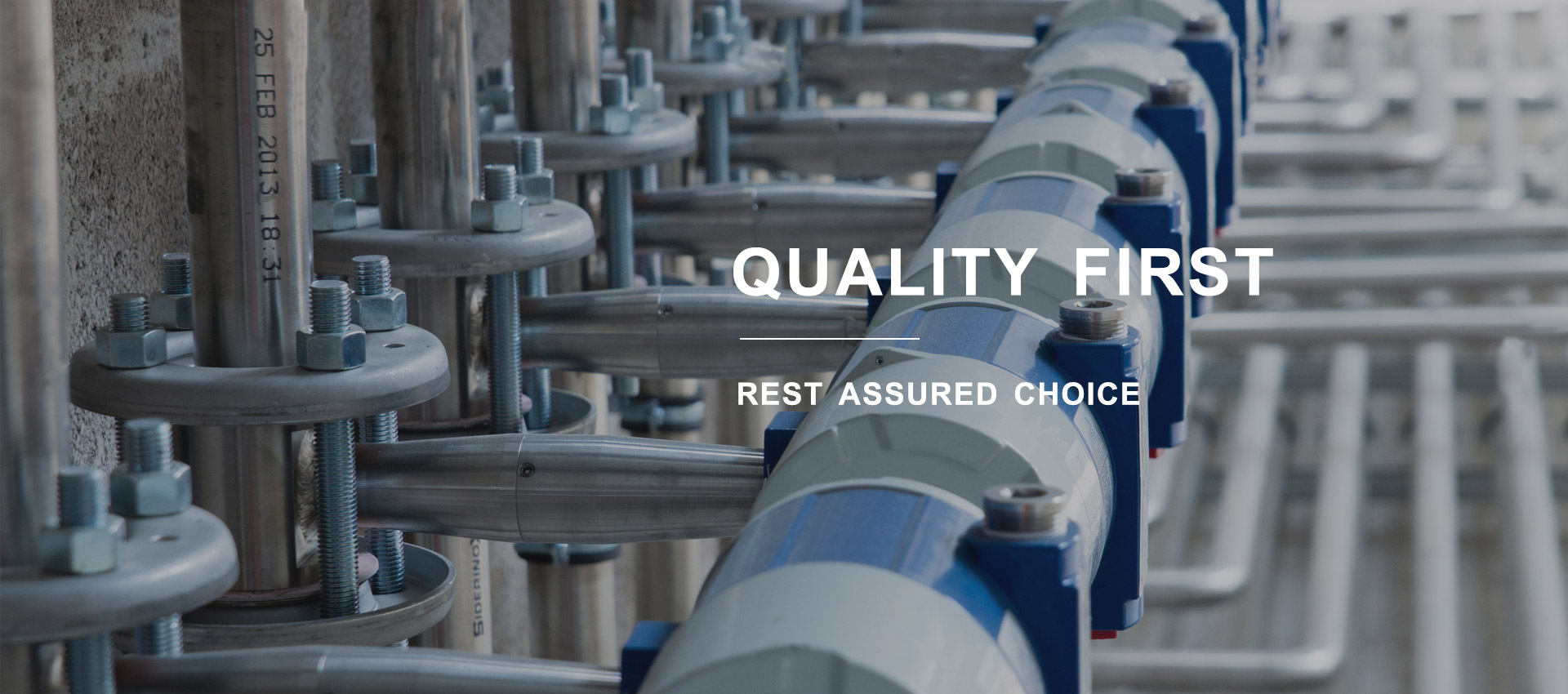Aug . 14, 2024 08:31 Back to list
I- Beam Flange Clamps for Secure and Efficient Structural Connections and Support Solutions
I-Beam Flange Clamps An Essential Component in Structural Engineering
In the realm of structural engineering, the integrity and stability of frameworks are crucial. One of the components that play a vital role in securing structural elements together is the I-beam flange clamp. These clamps are designed to provide reliable support and fixation to I-beams, which are widely used in construction due to their effective load-bearing properties. Understanding the function, design, and application of I-beam flange clamps is essential for engineers and construction professionals alike.
What is an I-Beam?
Before delving into the specifics of flange clamps, it is important to understand what an I-beam is. An I-beam, also known as an H-beam or universal beam, has a cross-section shaped like the letter I. This profile is extremely efficient for handling bending and shear forces, making it a popular choice in the construction of buildings, bridges, and other large structures. The two horizontal elements, or flanges, provide structural integrity and stability, while the vertical element, known as the web, resists shear forces.
The Role of Flange Clamps
I-beam flange clamps serve a critical role in ensuring that two or more I-beams can be securely joined together or connected to other structural members. Their primary function is to provide a strong and stable fastening mechanism that holds the beams in place under various load conditions. This is particularly important in scenarios where beams may be subjected to dynamic loads or vibrations, which can cause movement or misalignment over time.
Design and Features
i beam flange clamp

Flange clamps are typically made from high-strength materials such as steel or aluminum, designed to withstand significant forces without failure. Various designs are available, including adjustable clamps that allow for precise alignment of beams and fixed clamps that ensure a rigid connection. Some clamps are also cushioned with rubber or plastic to prevent damage to the flanges and to facilitate a better grip.
One notable feature of flange clamps is their ease of installation. Many clamps come with pre-drilled holes for quick fastening, and some are compatible with innovative locking mechanisms that enhance security. This simplicity reduces labor costs and installation time, making it a favorable option for construction projects.
Applications
The applications of I-beam flange clamps are vast. They are commonly used in the construction of industrial buildings, warehouses, bridges, and even residential properties. Additionally, these clamps are essential in the assembly of scaffolding and temporary structures, where safety and stability are paramount. For ongoing maintenance, flange clamps can be used to connect new frameworks to existing structures, allowing for modifications or expansions without the need for extensive rebuilding.
Conclusion
I-beam flange clamps are a crucial component in modern structural engineering. Their robust design, ease of installation, and ability to withstand high loads make them indispensable in the construction industry. As the demand for safe and efficient building practices continues to grow, the role of flange clamps will likely become even more significant. For engineers, understanding the options and appropriate applications of these clamps can lead to improved structural integrity and project success. Whether in new construction or renovation projects, the importance of reliable fastening systems like I-beam flange clamps cannot be underestimated.


